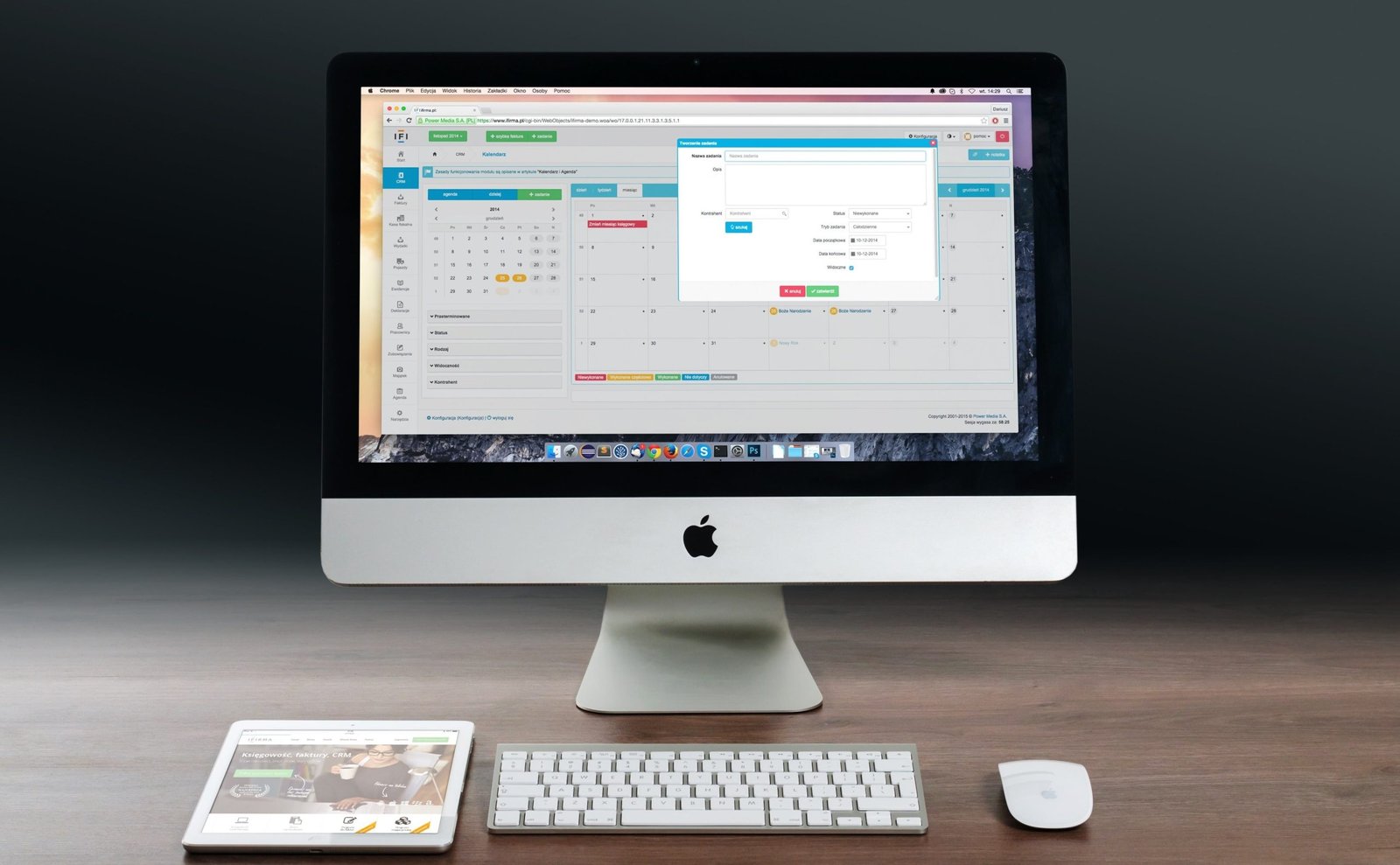 Desktop development refers to the process of creating software applications that are designed to run on desktop computers or laptops. These applications are typically installed directly onto the user’s device and can be accessed without an internet connection.
Desktop development refers to the process of creating software applications that are designed to run on desktop computers or laptops. These applications are typically installed directly onto the user’s device and can be accessed without an internet connection.
Desktop development involves a wide range of technologies and programming languages, including C++, Java, and .NET. Developers use these tools to create applications with rich user interfaces and powerful functionality.
One of the main advantages of desktop development is the ability to create highly customized and feature-rich applications. Desktop applications can take full advantage of the hardware resources available on the user’s device, resulting in faster and more responsive performance.
Desktop development is commonly used for a variety of purposes, such as creating productivity tools, multimedia applications, and business software. These applications can range from simple utilities to complex enterprise solutions.
With the rise of web and mobile applications, desktop development has evolved to meet the changing needs of users. Developers now have the option to create cross-platform applications that can run on multiple operating systems, such as Windows, macOS, and Linux.
Overall, desktop development continues to play a crucial role in the software industry, providing users with powerful and versatile applications that can enhance productivity and streamline workflows.
Desktop Application Portfolio

MARKETYA APPLICATION (cashier application)
- read and print barcode
- warehouse module
- suppliers and customers module
- purchase and sales module
- billing modules
- accountancy modules
- HR modules

logistic application
- voyages module
- customers and suppliers module
- billing modules
- accountancy modules
- HR modules

Truck scale Application
- record weights
- reporting
- pricing
- billing

warehouse Application
- import
- export
- refund
- warehouse accounts
- reports


